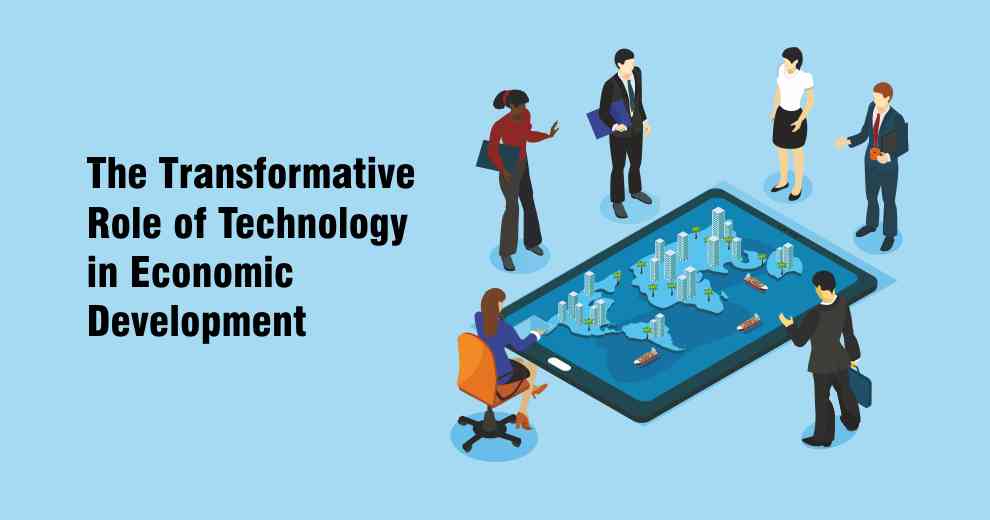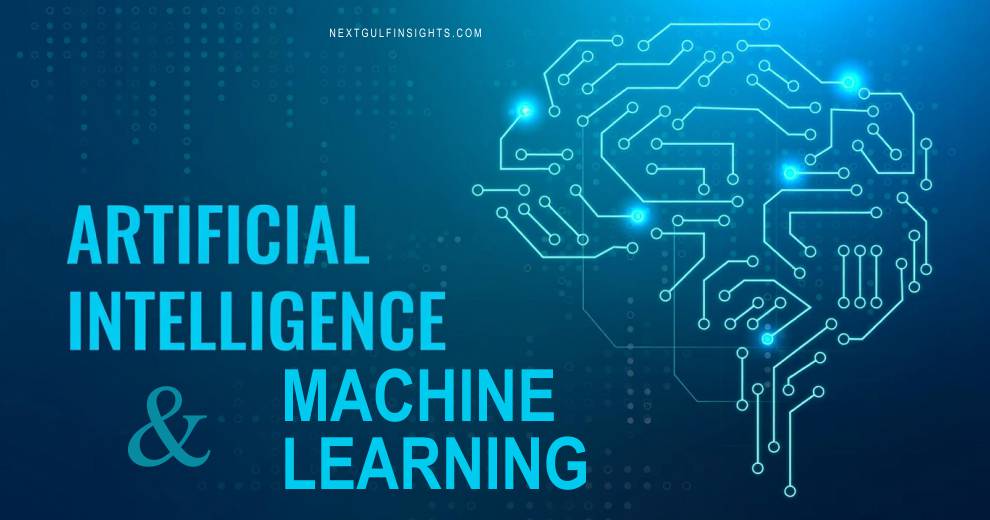Technology is no longer just an enabler—it is a critical driver of economic progress, productivity, and global competitiveness. In today’s interconnected world, technology represents codified knowledge embedded in routines and protocols that streamline the use of resources, improve efficiencies, and unlock new economic opportunities.
Technology as a Catalyst for Economic Efficiency
Advancements in technology have revolutionized the way goods and services are produced and delivered. From enhancing production capabilities to driving profitability, businesses have evolved significantly due to technological integration. It enables better resource utilization and helps achieve higher productivity with reduced input costs. As a result, economic growth has become faster and more efficient.
Moreover, technology has made it possible for businesses to expand their reach globally. The rise of digital platforms, automation, and cloud computing has allowed even small enterprises to access international markets, driving globalization and increasing competition.
Positive Impact on Business Productivity and Profitability
Technological advancements bring measurable improvements in business productivity. Automation, artificial intelligence, and data analytics have allowed organizations to optimize operations, reduce inefficiencies, and improve accuracy. These changes not only boost output but also enhance profitability.
Importantly, technology has allowed core business functions such as finance, human resources, and supply chain management to transition from manual, time-consuming tasks to automated, intelligent systems. This digital transformation frees up leadership to focus on innovation and strategic decision-making.
Labor Market Disruption and the Need for Upskilling
Technology is reshaping labor markets globally. Routine and low-skilled jobs are increasingly being automated, while demand grows for roles requiring advanced technical, analytical, and managerial skills. However, the education and training systems in many regions have struggled to keep pace with this rapid technological change, creating a skill gap that hinders broader innovation adoption.
To bridge this divide, investment in education and workforce development is crucial. Reskilling and upskilling initiatives must be prioritized to align talent supply with the evolving needs of a technology-driven economy.
The Urgency of Innovation Amid Demographic Challenges
Many developed and emerging economies are grappling with aging populations and stagnant labor force participation rates. As basic education attainment levels plateau, the emphasis shifts to technological innovation as the primary lever for sustaining economic growth. Continuous advancements in productivity, fueled by innovation, are essential to offset demographic headwinds.
Key Areas Where Technology Drives Economic Development
1. Discovery of Natural Resources
Modern technology has empowered humanity to explore and utilize natural resources that were once inaccessible. Innovations in geological surveying, drilling, and remote sensing have made it possible to extract valuable resources such as oil, gas, iron, copper, and gold from challenging environments like oceans and mountain ranges.
2. Agricultural Revolution
Technology has played a vital role in transforming agriculture into a more efficient and profitable sector. The development of high-yield variety (HYV) seeds, mechanized farming equipment, fertilizers, and pesticides has not only increased productivity but also helped address food security and rural incomes.
3. Efficient Operations and Process Automation
Technology enhances operational efficiency by automating workflows, minimizing human error, and reducing redundancy. Businesses can now manage inventory, logistics, and production through integrated technology systems. This leads to faster decision-making, better resource allocation, and reduced operational costs—ultimately increasing competitiveness.
4. Globalization of Business
Technology has broken down geographical barriers, enabling businesses to operate on a global scale. E-commerce, digital communication tools, and cloud-based platforms have fueled the globalization of commerce. Companies can now establish global supply chains, reach international customers, and adapt to diverse market demands with unprecedented ease.
5. Rise in Productivity
Through the smart integration of modern techniques and the optimal use of human capital, technology has significantly contributed to increasing productivity across sectors. Particularly in developing economies like India, the adoption of advanced technologies in manufacturing and services has accelerated output and contributed to GDP growth.
Conclusion
Technology is the cornerstone of modern economic development. It empowers industries, transforms labor markets, fosters innovation, and facilitates global connectivity. For underdeveloped and developing nations, embracing technological advancements is not just an option—it is a necessity for inclusive and sustained economic growth.
Investments in digital infrastructure, education, and innovation ecosystems will be critical to unlocking the full potential of technology. Only by aligning policies, skills, and innovation with technological progress can nations ensure a prosperous and equitable economic future.






